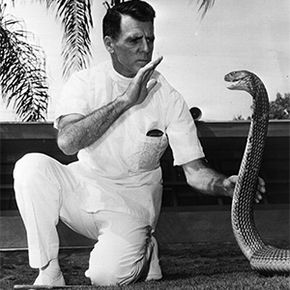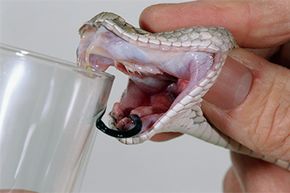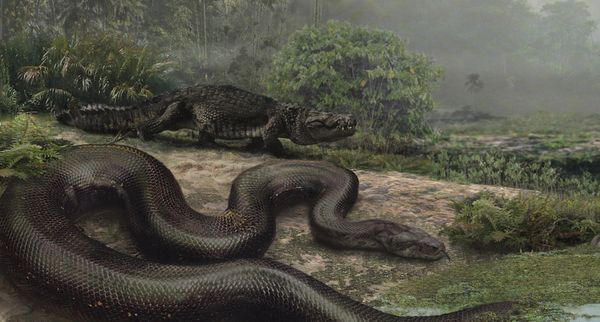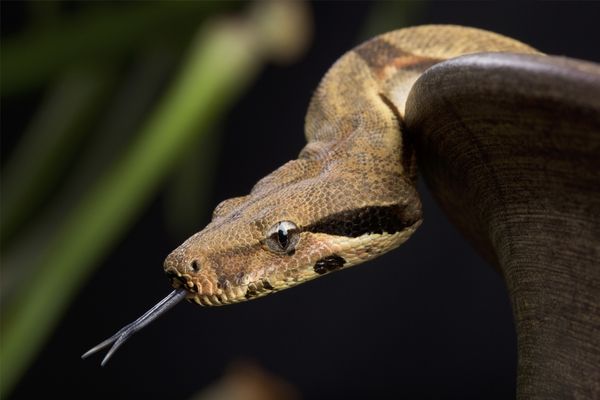Pastor Jamie Coots had been bitten nine times before [source: Burnett]. For two decades he'd handled venomous snakes at his Kentucky church, one of perhaps 100 congregations practicing "holiness serpent handling" in the United States in the 21st century [sources: Burnett, Lewis, Wilking and Effron]. Coots, who starred in National Geographic's 2013 reality show "Snake Salvation," was fairly well-known, an exception among the typically media-shy serpent handlers [sources: Burnett, Estep].
So Coots' death in 2014 from a rattlesnake bite received media coverage, feeding the general public's enduring fascination with religious snake handling. And the practice is fascinating. It's downright brazen. But they're not the only ones who handle deadly snakes.
Advertisement
Scientists milk snakes for the venom that will produce lifesaving anti-venom treatments, or they research topics like the actual pressure exerted when a constrictor kills its prey [source: Moon and Mehta]. Snake veterinarians slide feeding tubes down the throats of fully conscious snakes [source: Pet Place]. Snake removers show up when someone finds a 14-foot (4-meter) python in the backyard shed.
Not all snakes are deadly. Most are pretty harmless, especially to something as large as a person [source: Wexo]. But those that can do harm can do it awfully. Venomous snakes use their fangs to inject venom, a kind of poison that causes some combination of extreme pain, burning, vomiting, convulsions, tissue death, paralysis, swelling of the throat, nerve damage, internal bleeding and multisystem organ failure, among other ill effects [sources: Barish and Arnold, MedlinePlus]. A constrictor propels itself forward to strike and then roll over its prey, immobilizing it as the snake latches on to a body part with rear-angled teeth. The constrictor then coils around the prey and tightens until the prey dies from suffocation, cardiac arrest or spinal fracture, whichever comes first [source: Team].
Voluntarily handling snakes that can kill or maim a full-grown human likely takes a certain type of person, whether they're doing it for a living or for God. Confident. Accepting of risk. Not terrified of snakes. But the professionals and the preachers take vastly different approaches to the practice. Professionals tend to put a high premium on the survival of all involved.
Advertisement


















